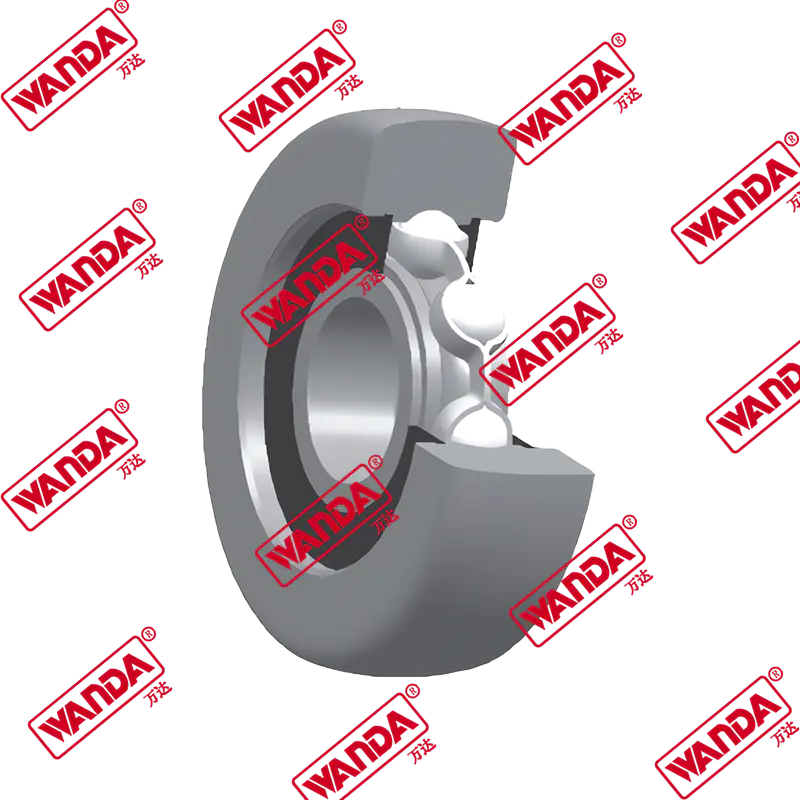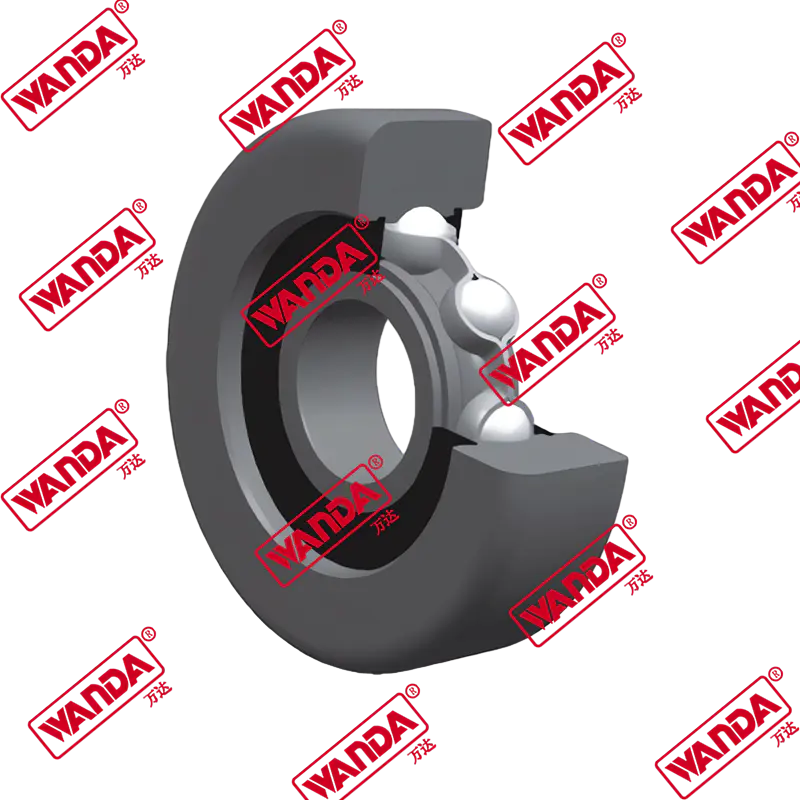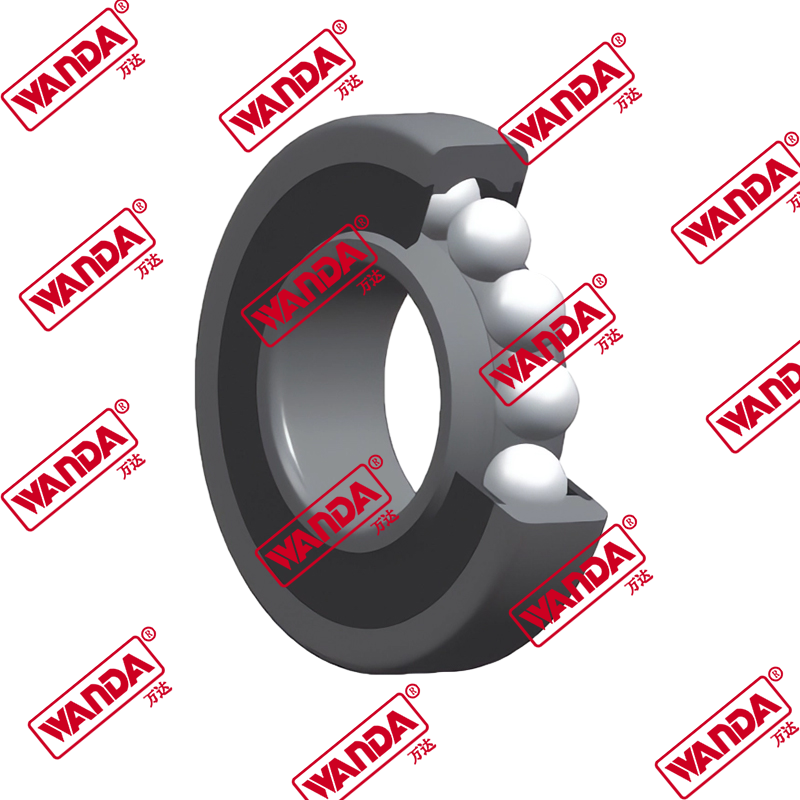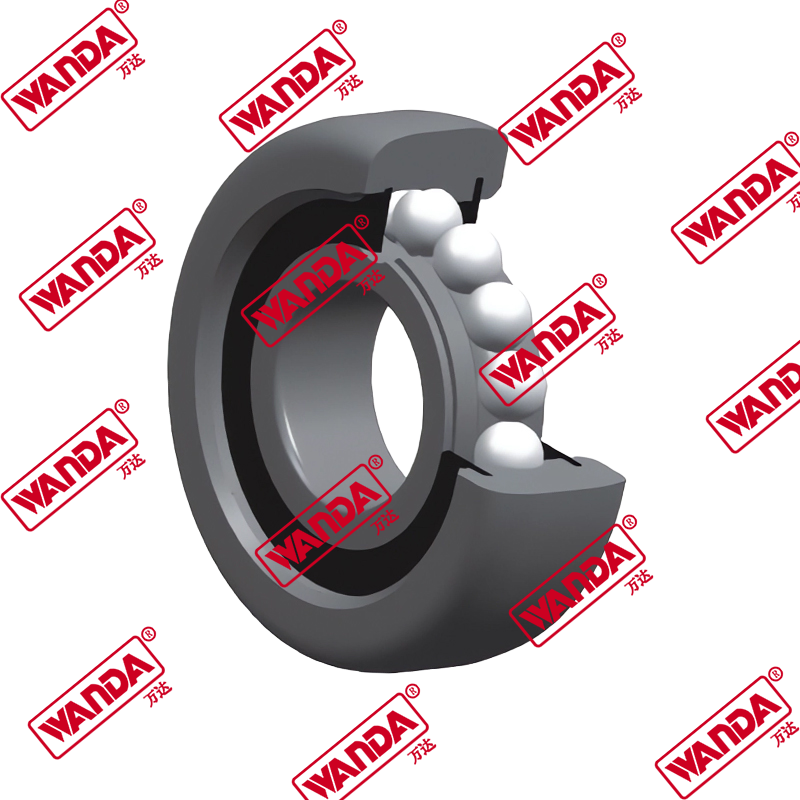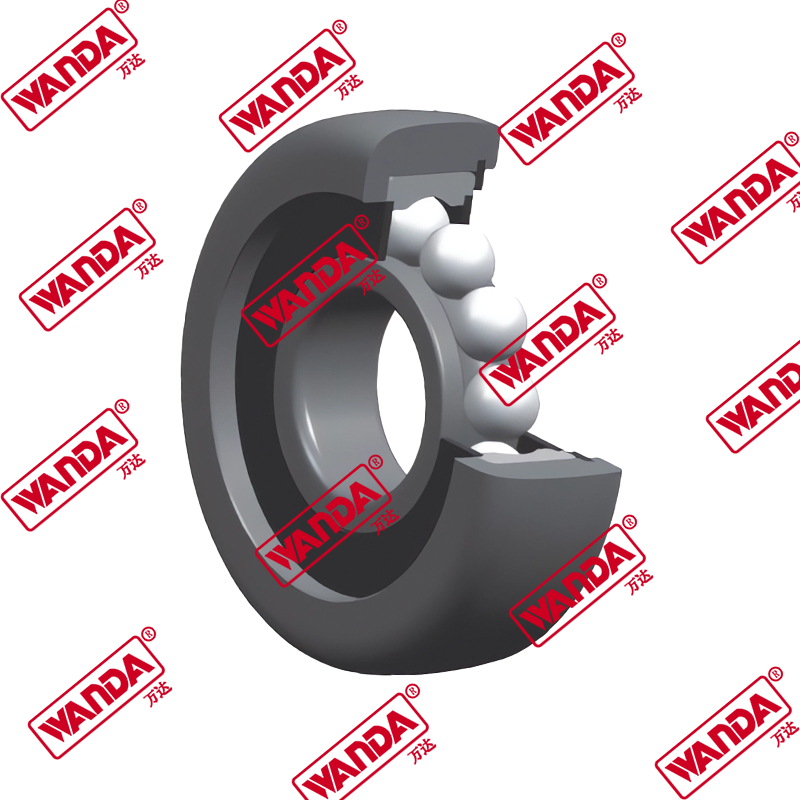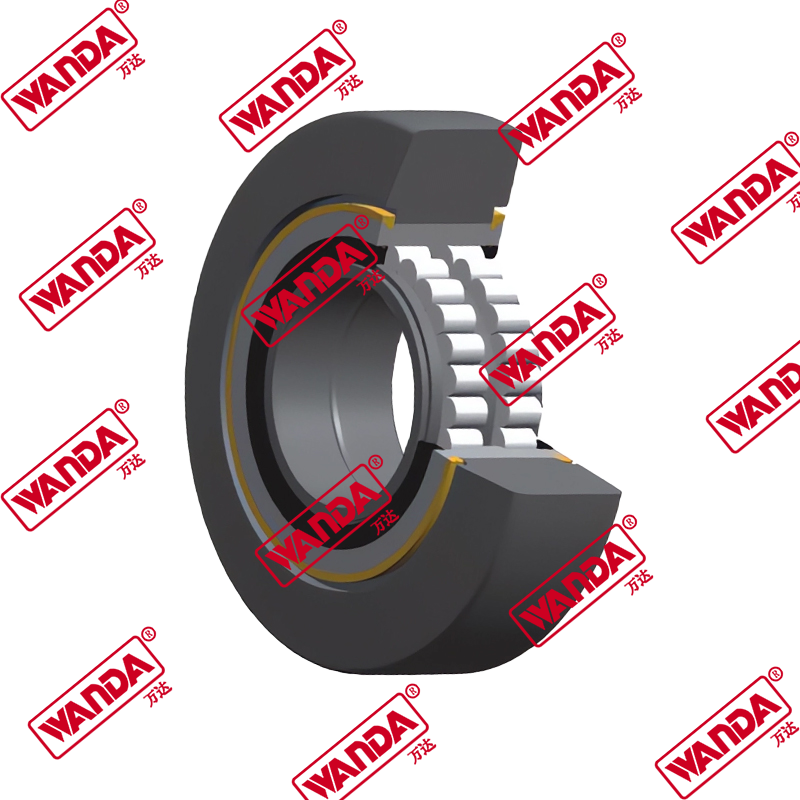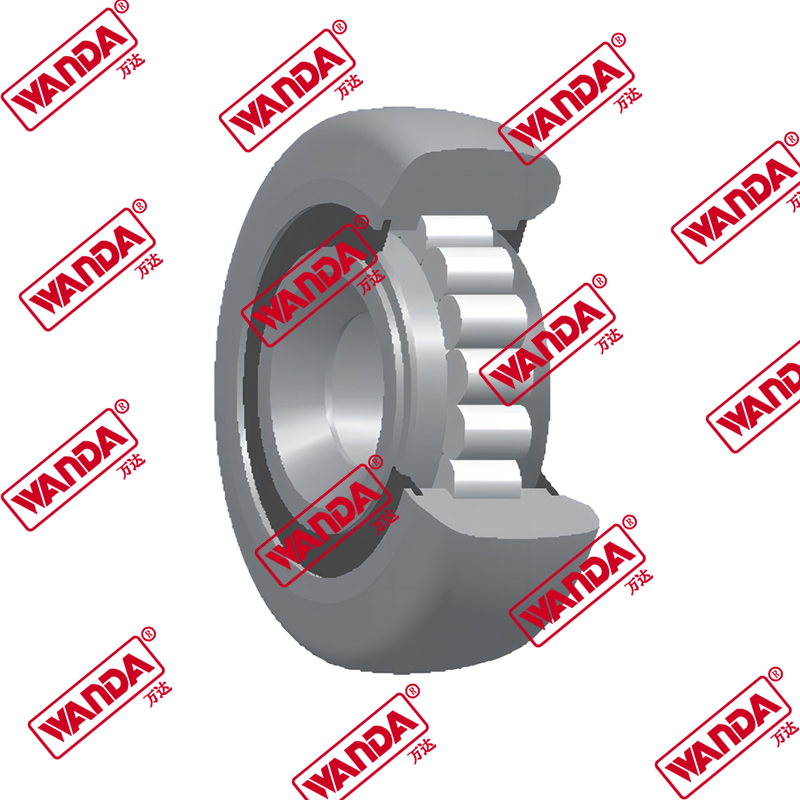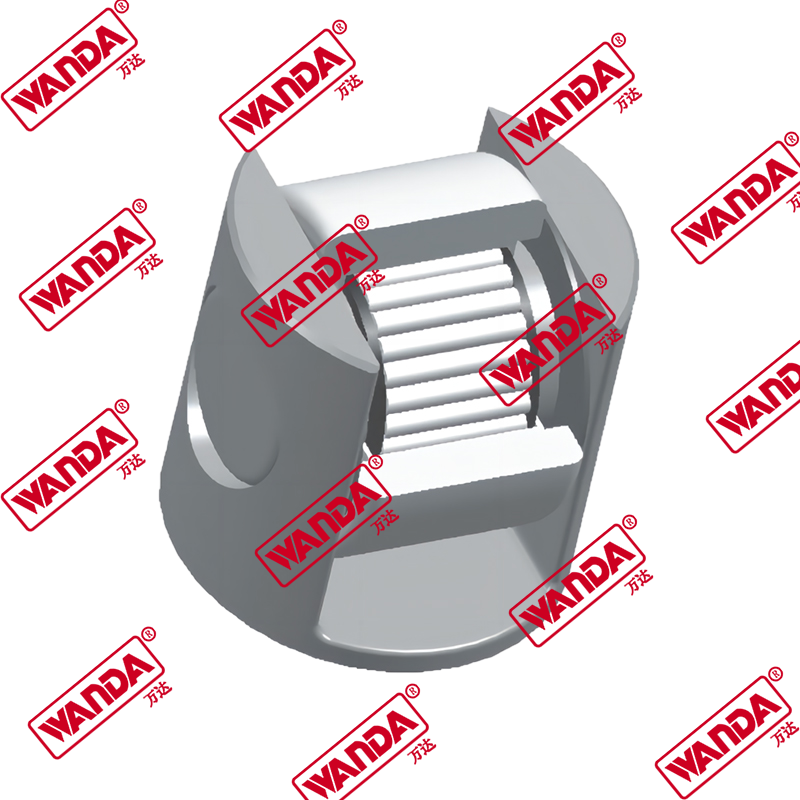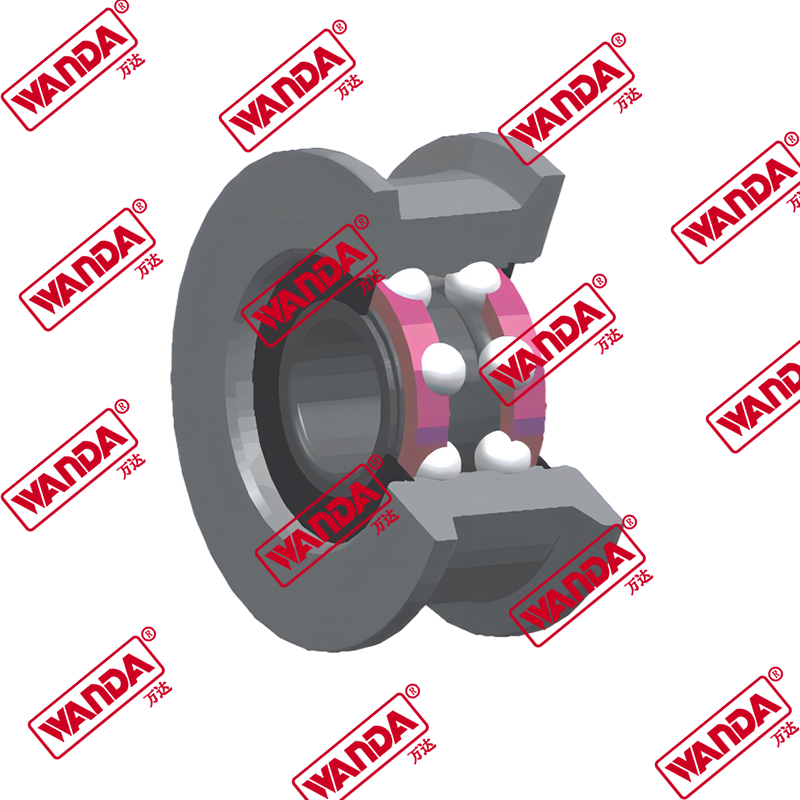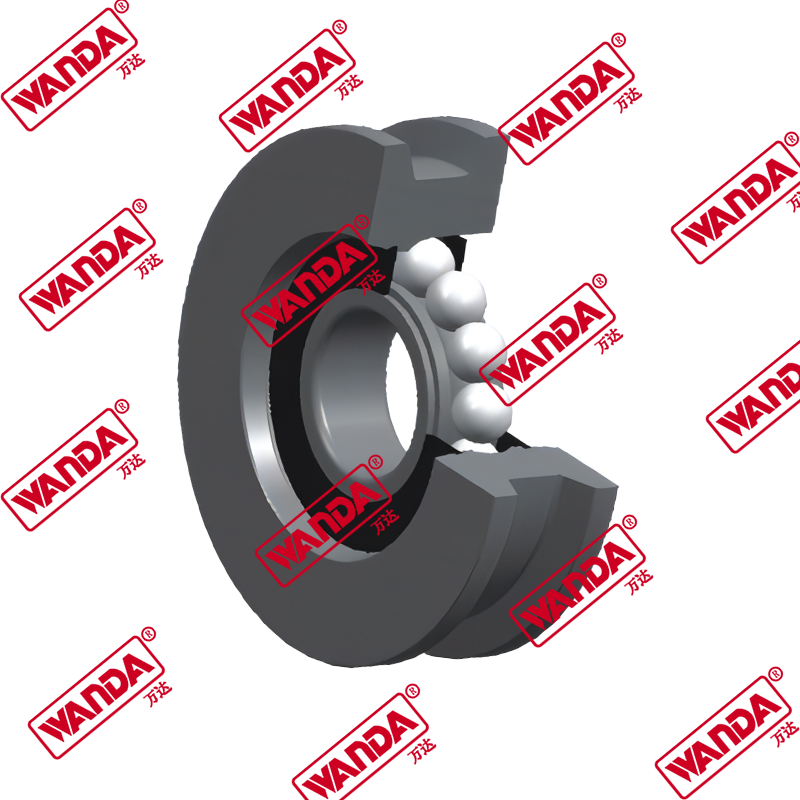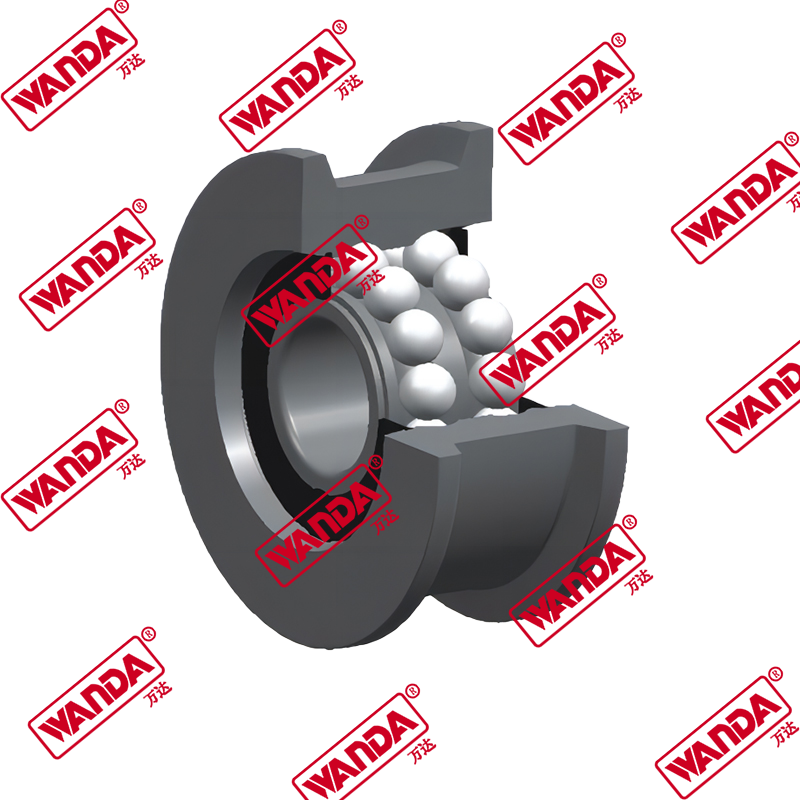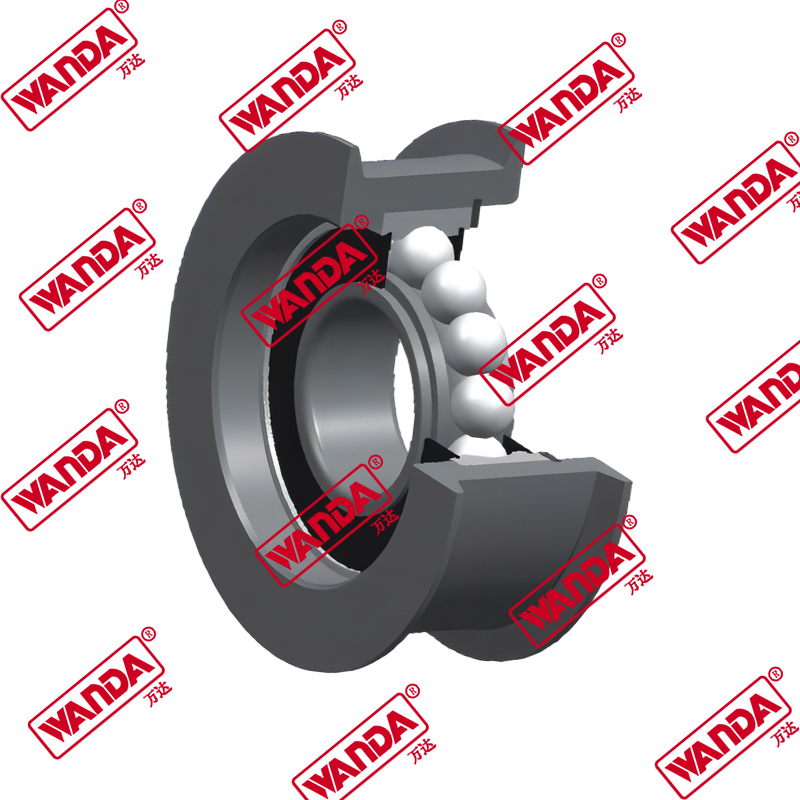Understanding Forklift Wheel Chain Systems

Forklift wheel chains are crucial components in material handling equipment, responsible for transferring power from the drive system to the wheels. These chains endure tremendous stress and require proper maintenance to ensure optimal performance and safety in industrial environments.
How Forklift Wheel Chains Work
The forklift wheel chain system consists of multiple interconnected links that mesh with sprockets to create rotational motion. Unlike belt drives, chains offer superior durability and power transmission efficiency in heavy-duty applications. The system typically includes:
- Drive chains connecting the motor to the axle
- Load-bearing chains for weight distribution
- Tensioning mechanisms to maintain proper chain slack
- Protective covers to prevent debris accumulation
Common Materials Used in Construction
Manufacturers use various materials for forklift wheel chains depending on the application requirements:
| Material | Advantages | Disadvantages |
|---|---|---|
| Alloy Steel | High strength, wear resistance | Requires regular lubrication |
| Stainless Steel | Corrosion resistance | Higher cost |
| Carbon Steel | Cost-effective | Prone to rust |
Best Practices for Forklift Chain Lubrication
Proper lubrication extends the lifespan of forklift wheel chains and prevents premature wear. The lubrication process varies depending on operating conditions and chain type.
Types of Lubricants for Forklift Chains
Selecting the right lubricant is crucial for maintaining your forklift wheel chain system. Common options include:
- Penetrating lubricants for deep chain penetration
- Heavy-duty grease for high-load applications
- Dry lubricants for environments with dust accumulation
- Synthetic oils for extreme temperature conditions
Lubrication Schedule and Techniques
Establishing a proper lubrication schedule prevents both under- and over-lubrication of your forklift wheel chains:
| Usage Frequency | Recommended Lubrication Interval | Method |
|---|---|---|
| Daily Use (8+ hours) | Weekly | Brush or spray application |
| Moderate Use (4-8 hours) | Bi-weekly | Dip or brush application |
| Occasional Use (<4 hours) | Monthly | Spray application |
Signs Your Forklift Wheel Chain Needs Replacement
Recognizing warning signs of chain wear prevents catastrophic failures and maintains workplace safety. Regular inspections should include checking for these indicators.
Visual Inspection Points
When examining your forklift wheel chain, pay close attention to:
- Elongation beyond manufacturer specifications
- Cracked or deformed link plates
- Excessive wear on roller surfaces
- Corrosion or rust accumulation
- Missing or damaged connecting links
Operational Symptoms
During forklift operation, these symptoms may indicate forklift wheel chain problems:
| Symptom | Possible Cause | Recommended Action |
|---|---|---|
| Chain skipping | Worn sprockets or elongated chain | Inspect entire drive system |
| Unusual noises | Lack of lubrication or damaged links | Lubricate or replace chain |
| Vibration | Misalignment or uneven wear | Check alignment and tension |
How to Measure Forklift Chain Wear Accurately
Quantifying chain wear helps determine remaining service life and optimal replacement timing. Proper measurement techniques ensure accurate assessments.
Tools Required for Measurement
To properly evaluate your forklift wheel chain wear, you'll need:
- Caliper for pin diameter measurement
- Ruler or tape measure for length assessment
- Chain wear gauge for quick checks
- Magnifying glass for detailed inspection
Step-by-Step Measurement Process
Follow this procedure to measure forklift wheel chain wear:
- Clean the chain thoroughly to remove debris
- Measure the length of 10-12 link sections
- Compare to manufacturer's original specifications
- Check individual pin diameters at multiple points
- Assess roller wear and bushing condition
Forklift Chain Safety Protocols Every Operator Should Know
Implementing proper safety measures reduces accidents and injuries related to forklift wheel chain failures. These protocols protect both operators and equipment.
Pre-Operation Safety Checks
Before using any forklift, operators should verify these forklift wheel chain conditions:
- Proper tension without excessive slack
- Adequate lubrication without excess buildup
- No visible cracks or damage to links
- Secure attachment points and fasteners
- Clearance from potential snag hazards
Emergency Procedures for Chain Failure
In case of forklift wheel chain failure during operation:
| Situation | Immediate Action | Follow-up Procedure |
|---|---|---|
| Complete chain breakage | Engage parking brake immediately | Tag out equipment for repair |
| Partial chain detachment | Cease operation and lower load | Inspect entire drive system |
| Chain jam | Turn off power source | Clear obstruction carefully |

